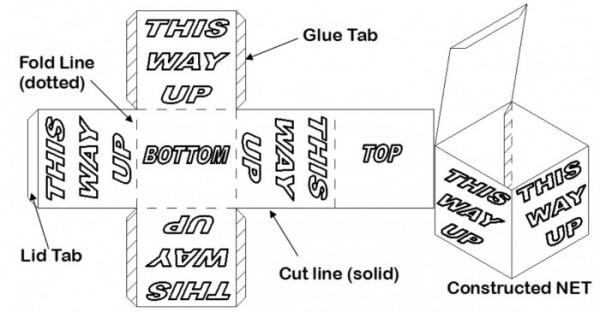PACKAGING NETS
· A NET is a two-dimensional (2-D) shape, which when scored, folded and glued together, makes a three-dimensional (3-D) package, box or carton.
· It must be made ACURATELY so that all sides fit together perfectly.
· The design must be printed the correct way up so that when the box is constructed, everything is the right way up.
· A standard set of line types are used to draw NETS.
OTHER COMMON NETS
You are often asked in the exam to complete half drawn NETS or to design packaging. You don’t need to reinvent the wheel; just learn these NETS to use.
PILLOW PACK
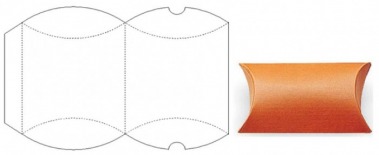
Good simple gift box for parties.
Only 1 glue tab and supplied flat for customer to deliver.
PYRAMID BOX
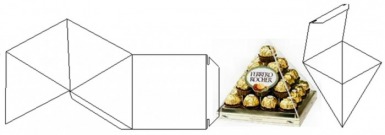
Suitable gift box for parties.
Only 1 glue tab and opening base with tuck in tab base.
Often produced in polypropylene &acetate to hold chocolates or sweets.
AUTOMATIC CRASH BASES
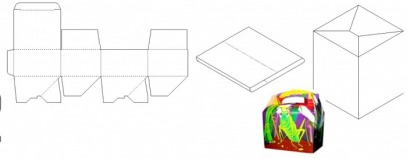
These boxes have a specific base design that allows the box to be supplied flat to the customer, and then popped back to shape when required.
This makes it much cheaper to transport and store as it takes up less space.
TUCK IN TABS

Mass manufactured packaging has small slits cut into the lid tabs, which help the lid to ‘lock’ in place, and keep the boxcontents safe and secure.
TESSELLATION PATTERNS
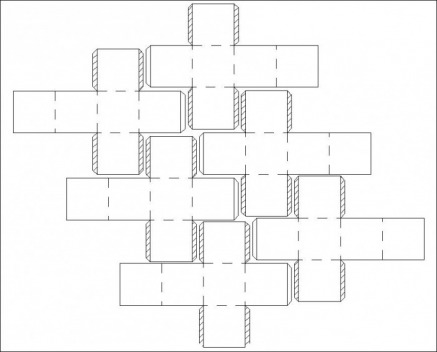
In industry (factories) the nets are arranged onto the sheets of card, as close to each other as possible to minimise waste.
For Example: Here is a simple tessellation pattern for a series of cube boxes.
